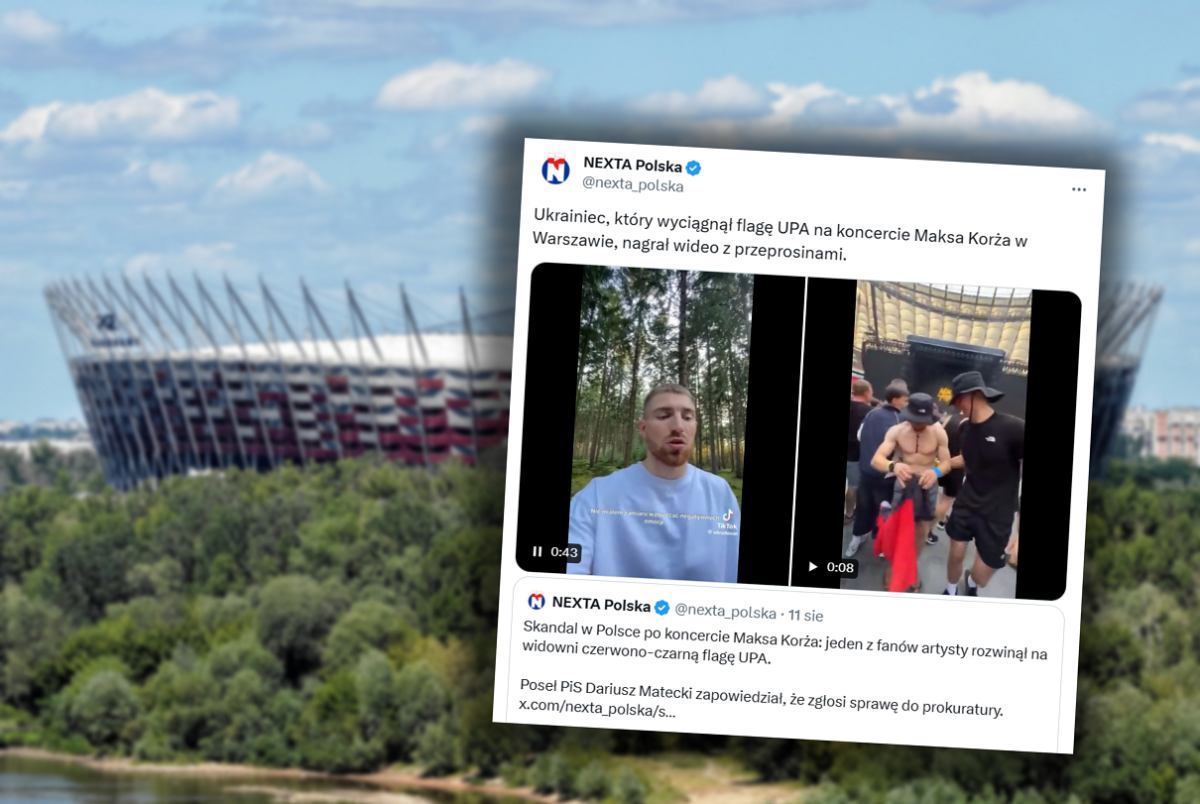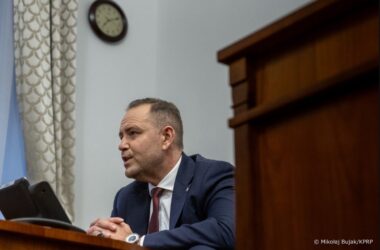On Saturday, Oct. 11, drivers were trapped for hours in the underground parking of Warsaw’s Młociny Mall, as a massive traffic jam clogged the surrounding streets.
Massive Congestion at Młociny Mall
On Saturday, October 11, a colossal traffic jam collected around Warsaw’s Młociny Mall on Bielańska Street. Vehicle access to the mall and nearby roads—Zgrupowania AK Kampinos, aleja Marii Wittek, and the center’s entrances—was completely blocked.
The jam extended into the underground parking exit, leaving drivers unable to leave for several hours and pedestrians frustrated by smoke from the stalled vehicles. The mall estimates it offers roughly 2,000 parking spots.
Underground Parking Bottleneck Amplifies Delay
The impediment to the underground parking exit compounded the congestion, preventing cars from escaping once the main thoroughfares were clogged. Drivers reported an hour‑long wait, while pedestrians struggled with limited access to parking zones.
Traffic Light Upgrade Aims to Ease Flow
In December 2024, similar gridlock around the mall prompted discussions about installing traffic lights at the intersection of Zgrupowania AK Kampinos and Książąt Mazowieckich. The Roads Authority activated and reprogrammed the signals, re‑turning them on February 4, 2025, with promises of improved flow.
Subsequent reports claimed reduced traffic issues, but a full assessment of the system was deferred until after the holidays.
New Parking Fees Introduced
From August 11, 2025, new parking rules were enforced at the Młociny Mall. The first hour parking is free; the second hour may be complimentary if conditions—such as a purchase receipt or validation—are met; each additional hour costs 5 PLN. The operator also listed available payment methods.
Residents Highlight Traffic Control Challenges
Local residents and district councilors have repeatedly voiced concerns over how traffic signal schemes and vehicle volume affect the capacity of approach roads to the mall. They cited the intersection’s record number of devices and called for traffic‑control adjustments.










